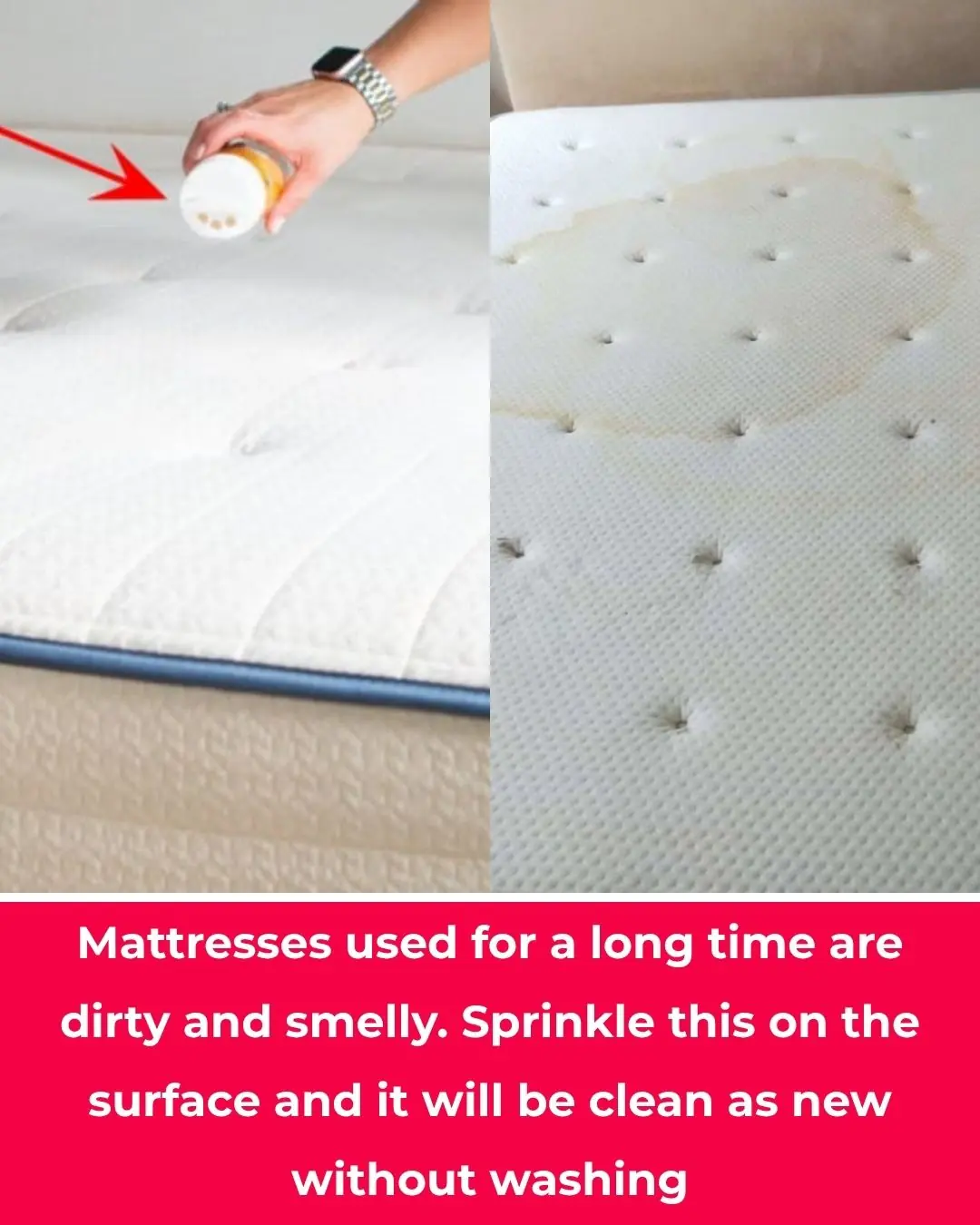
Most do this wrong. 10 bedding items you’re storing wrong
Everyone loves the feeling of soft, clean, and cozy bedding, but we rarely think about what happens once it’s off the bed. How we store our bedding has a huge impact on its lifespan, comfort, and cleanliness. Improper storage can lead to discoloration, unpleasant odors, mold, or even health issues—all of which can cost you time, money, and peace of mind in the long run.
Whether you’re tucking away blankets for the warmer months or simply organizing your linen closet, learning proper storage techniques is essential. In this guide, we’ll cover eleven common bedding storage mistakes and show you the right way to keep everything—from comforters to fitted sheets—fresh, hygienic, and ready to use whenever you need them.
1. Storing Comforters in Cardboard Boxes
Many people turn to cardboard boxes for storage because they seem sturdy and inexpensive. However, cardboard is far from ideal for bedding. It absorbs and retains moisture, which can quickly lead to mold or mildew—especially in humid climates or damp basements. Over time, the natural acids in cardboard can also yellow or weaken fabric fibers.
A smarter solution is to store comforters in breathable cotton storage bags or sturdy plastic bins with secure lids. Always ensure your comforter is completely dry before packing it away. If you use a plastic bin, toss in a few silica gel packets to absorb excess moisture. This simple step can make a big difference in preserving freshness and softness.
2. Storing Pillows in Garbage Bags
Garbage bags may seem like an easy option, but they are one of the worst choices for storing pillows. They don’t allow air to circulate and may release chemicals that can transfer to the fabric. Trapped moisture inside these bags can lead to mold growth, musty smells, or even material breakdown.
Instead, choose breathable cotton pillow protectors or dedicated storage bags. These allow airflow while keeping dust and dirt away. If you must use plastic, ensure it’s a high-grade, food-safe type, and poke a few small ventilation holes to prevent condensation.
3. Putting Away Linens Without Washing Them
It’s tempting to fold up sheets and stash them away after use—but storing unwashed linens is a common and costly mistake. Sweat, body oils, and skin cells left on fabric attract bacteria and pests such as dust mites. Over time, this can cause discoloration, odors, and even fabric decay.
Always wash your bedding before storage using a mild detergent. Make sure everything is fully dry before folding to avoid trapped moisture. For an extra touch of freshness, tuck in a lavender sachet or cedar block—both deter pests and leave your linens smelling delightful.
4. Folding Weighted Blankets Too Tightly
Weighted blankets are designed to provide comfort through evenly distributed pressure. When they’re folded tightly, the internal glass or plastic beads can shift and clump, ruining the blanket’s balance and effectiveness.
The best way to store a weighted blanket is to roll it loosely or drape it over a padded hanger. This keeps the inner filling evenly spread and prevents permanent creases. For long-term storage, place it in a breathable fabric bag to protect it from dust.
5. Packing Duvet Covers in Airtight Plastic Containers
While plastic bins might seem protective, sealing your duvet covers in airtight containers can trap moisture and cause mildew or musty odors. Over time, the lack of airflow can make fabrics feel stale.
Opt for cotton or linen storage bags instead. These materials allow air circulation and prevent moisture buildup. If you prefer plastic, leave the lid slightly ajar or air out the container every few weeks to keep contents fresh.
6. Folding Fitted Sheets the Wrong Way
Many people dread folding fitted sheets because of their elastic edges. Improperly folded sheets can wrinkle and take up unnecessary space.
To fold fitted sheets properly, tuck the elastic corners into each other until you form a neat rectangle, then fold or roll as needed. You can even store each sheet set—fitted, flat, and pillowcases—inside one of the matching pillowcases. This simple trick keeps your linen closet organized and visually appealing.
7. Storing Mattresses Without Proper Covers
A mattress is one of the most expensive pieces of bedding you’ll own, so protecting it should be a priority. Storing a mattress without a cover exposes it to dust, moisture, and pests—all of which can cause staining, odor, and even mold growth.
Invest in a high-quality, water-resistant, and breathable mattress cover or storage bag. Avoid wrapping it in plastic sheeting, which can trap moisture. Whenever possible, store your mattress flat on a clean, dry surface to prevent warping.
8. Keeping Electric Blankets in Humid Places
Humidity and electricity are never a safe mix. Storing electric blankets in damp environments can damage the internal wiring, increasing the risk of short circuits or fire hazards later.
Before storing, inspect your electric blanket for frayed cords or exposed wiring. Fold it loosely to avoid stressing the heating elements, and store it in a cool, dry area—preferably in a breathable fabric bag for extra safety.
9. Stacking Quilts Too High
Stacking quilts may look tidy, but tall piles can compress delicate materials and distort their shape. Quilts, especially handmade or vintage ones, need gentle care to preserve their texture and stitching.
Limit stacks to no more than three quilts. Better yet, roll them loosely to reduce pressure points and store them horizontally. You can also interleave acid-free tissue paper between quilts to prevent color transfer or fabric abrasion.
10. Leaving Bedding in Direct Sunlight
Natural light can be beautiful—but prolonged sunlight exposure can be disastrous for your fabrics. UV rays cause fading, fiber weakening, and brittleness, particularly in natural materials like cotton, linen, or silk.
Always store bedding in a cool, dark space, such as a linen closet or drawer. If you must store items in a bright room, use opaque containers or light-blocking bags to protect against UV damage.
11. Ignoring Seasonal Storage Needs
Seasonal changes can impact your bedding more than you think. Storing heavy winter blankets in hot, humid summer conditions—or vice versa—can cause unnecessary wear and tear.
Adapt your storage strategy throughout the year. In humid months, use dehumidifiers or silica gel packs to keep moisture away. During dry seasons, make sure your storage area has proper airflow to prevent mustiness. Rotating your bedding seasonally also helps fabrics “breathe” and ensures even wear across all your linens.
Final Thoughts
Proper bedding storage doesn’t just save space—it extends the life of your investment and keeps your sleeping environment healthier. With a few mindful changes, you can keep your linens soft, fresh, and inviting for years to come. Think of it as caring for your comfort, one neatly folded sheet at a time.
News in the same category


6 things that mice are very afraid of

Why You Shouldn’t Rush to Fold the Bed When Checking Out of a Hotel

You are doing it all wrong. Here's the right way to boost your immunity naturally

My ear feels clogged all the time, but nothing comes out. No wax of fluid. Doctor appt is far away. What could this be?

Wow, I never knew this!

How to Travel Long Distances Without Getting Motion Sickness

The Best Ways to Remove Pesticides and Harmful Chemicals from Fruits and Vegetables

12 best ways to slow down ageing

Most do this wrong. Here’s how often to maintain your kitchen

Most do this wrong. 10 dairy items you’re storing incorrectly

Most do this wrong. 10 leftovers you’re storing unsafely

Good to know!

8 reasons why adding vinegar to your toilet tank is a must-do trick

Stop tossing out the old pill bottle. Here are 12 ways to reuse it

Put a bowl of vinegar in the refrigerator, immediately solve the problem that every family encounters.

4 Simple Steps to Clean the Washing Machine Without Removing the Drum, You Can Do It Yourself Without Calling a Technician

Tips for pickling golden melons that are crispy, sour quickly, and don't smell bad

Mattresses used for a long time are dirty and smelly. Sprinkle this on the surface and it will be clean as new without washing
News Post

‘Is This True …’: Trump Had No Clue a Dangerous Situation Was Unfolding — and By the Time It Reached Him, His Team Was Already Scrambling

BBC EastEnders fans 'floored' after realising Junior Knight actor's real age

The White House Communications Office is saying our story is not true. We stand by our story. Our story is accurate.

D4vd's Friends Thought He Was Celeste Rivas' Boyfriend, Thought She Was 19

Netflix's Being Eddie release date and what to expect from the Eddie Murphy special

Man Builds “Museum Of Love” To Honor Late Wife’s Memory

MAFS UK's Julia-Ruth issues statement after 'three husbands' bombshell

Strictly star Harry Aikines-Aryeetey addresses ‘heartbreaking’ elimination: ‘It’s nice to go out on a party’

Seven Types of Pain You should Never Ignore

Proven Health Benefits and Uses of Thyme and Thyme Tea

Stop throwing out old plastic food containers

6 things that mice are very afraid of

9 cancer warning signs your body is sending you (don’t ignore these!)

Your legs have a “second heart” — and one simple move can reactivate it fast

Doctor warns: your ‘healthy’ lemon water habit is actually destroying your liver – here’s what you’re doing wrong

Why You Shouldn’t Rush to Fold the Bed When Checking Out of a Hotel

You are doing it all wrong. Here's the right way to boost your immunity naturally

My ear feels clogged all the time, but nothing comes out. No wax of fluid. Doctor appt is far away. What could this be?

Wow, I never knew this!
